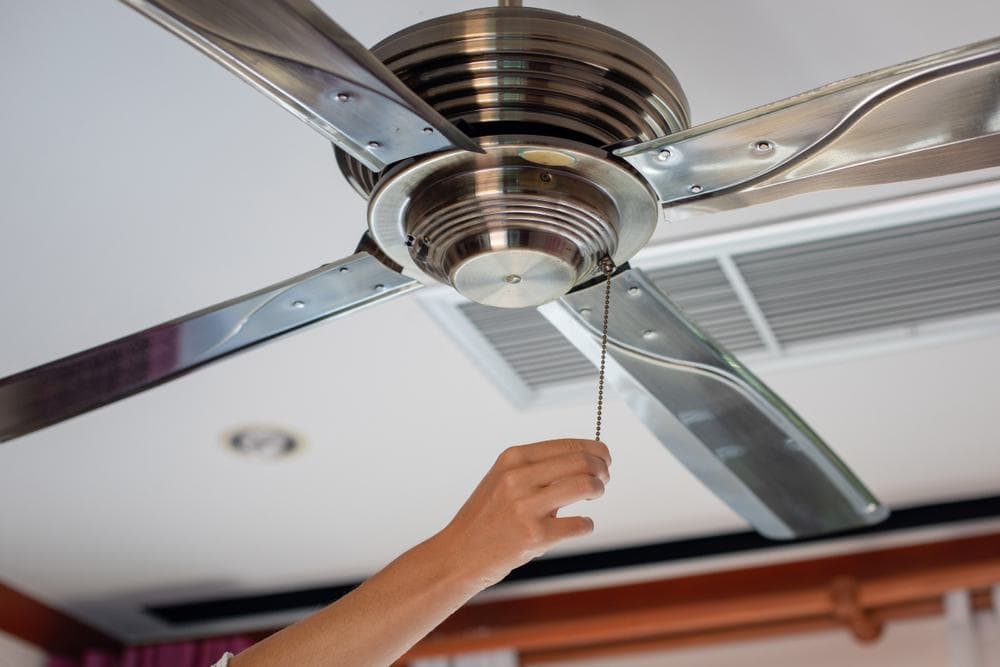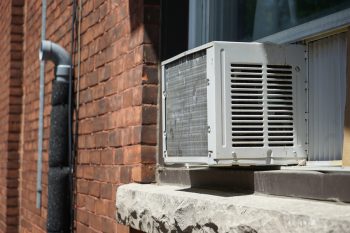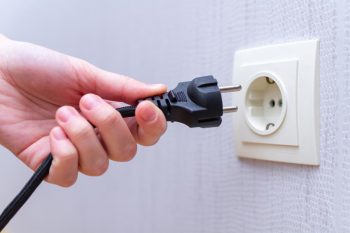
When it comes to ceiling fans, there are numerous options available in the market, making it hard to choose the right one. One question that often arises is: Which is better – a 3-blade or a 4-blade ceiling fan? In this comprehensive guide, we’ll delve into the specifics of 3-blade and 4-blade ceiling fans, their advantages, and how they impact factors such as airflow, energy consumption, noise levels, and aesthetics.
The choice between a 3-blade and a 4-blade ceiling fan depends on your specific needs and preferences. If you prioritize energy efficiency and rapid air circulation, a 3-blade fan might be better for you. If you prefer quieter operation, better cooling in air-conditioned rooms, and a more traditional aesthetic, a 4-blade fan could be the right choice. However, factors like motor strength and blade design also significantly impact a fan’s performance.
Understanding Ceiling Fans: 3-Blade vs 4-Blade
3-Blade Ceiling Fans
3-blade ceiling fans are often characterized by their sleek, modern look. They are generally lighter, requiring less energy to rotate, and can achieve higher speeds, providing rapid air circulation. This makes them ideal for industrial or workplace environments where efficient airflow is a priority. However, they may produce more noise compared to fans with more blades.
4-Blade Ceiling Fans
4-blade ceiling fans, on the other hand, are usually less noisy and can be more stylish, making them a popular choice for residential use. They are especially useful in rooms with air conditioners, as they help circulate cool air effectively. However, due to their heavier weight, they may consume more energy and move air slower than their 3-blade counterparts.
Key Differences: Design and Construction
The main differences between 3-blade and 4-blade ceiling fans lie in their design and construction. A 3-blade fan has fewer blades and is generally lighter, which allows it to rotate faster and consume less energy. In contrast, a 4-blade fan has more blades, which can reduce noise levels and improve airflow, especially in air-conditioned rooms. However, due to its heavier weight, a 4-blade fan may consume more energy and rotate slower.
Performance: Airflow and Cooling Efficiency
The performance of a ceiling fan is not solely determined by the number of blades. Factors such as blade pitch, motor power, and blade design also play significant roles. Generally, fans with fewer blades are more energy-efficient and can achieve higher speeds, leading to better airflow. However, fans with more blades can provide better cooling efficiency, especially in air-conditioned rooms.
Noise Levels: Is There a Significant Difference?
When it comes to noise levels, there’s no significant difference between 3-blade and 4-blade ceiling fans. The noise level primarily depends on the fan’s model and brand rather than the number of blades. However, some 3-blade fans can be noisier than 4-blade fans due to their higher rotational speeds.
Energy Consumption: How Many Blades are Optimal?
The number of blades on a ceiling fan does impact its energy consumption, but this effect is often negligible. Fans with fewer blades tend to consume less energy due to their lighter weight and less drag on the motor. However, the energy efficiency of a fan is not solely determined by the number of blades; factors such as blade pitch, motor power, and blade design also play a significant role.
Aesthetics and Personal Preference: How to Choose?
The aesthetics of a fan can significantly impact your choice. Fans with fewer blades often create a sleek, modern look, while fans with more blades can exude a traditional or rustic charm. Therefore, your choice between a 3-blade and a 4-blade ceiling fan will largely depend on your personal preference and the style of your room.
Conclusion
In conclusion, the choice between a 3-blade and a 4-blade ceiling fan depends on various factors, including your personal preferences, energy efficiency requirements, noise tolerance, and room aesthetics. Both types of fans have their advantages and can serve different purposes effectively. Therefore, it’s best to consider all these factors and choose a fan that suits your specific needs and preferences. Remember, the number of blades does not necessarily determine the fan’s performance. Other factors like motor strength and blade design are equally, if not more, important.
Frequently Asked Questions
What is blade pitch and how does it impact a ceiling fan’s performance?
Blade pitch refers to the angle, measured in degrees, between a 180-degree horizontal plane and a ceiling fan’s blade tilt. The angle of the blade is a significant factor in determining how much air a fan can circulate throughout a room. A higher pitch means greater air movement and circulation, but it may also require a more powerful motor to maintain high speeds.
Can a 3-blade and a 4-blade ceiling fan be used in the same room?
Yes, a 3-blade and a 4-blade ceiling fan can be used in the same room, provided the room is large enough to accommodate both fans. However, it’s important to ensure that the fans are installed at a safe distance from each other and from any obstacles in the room.
Are there ceiling fans with more than 4 blades? If so, what are their advantages?
Yes, there are ceiling fans with more than 4 blades. Fans with more blades are generally designed for aesthetics and can create a striking visual impact. In terms of performance, they can provide better cooling efficiency but may consume more energy and rotate slower due to their heavier weight.
How does the motor power affect the performance of a ceiling fan?
The motor power plays a critical role in a ceiling fan’s performance. A powerful motor can generate high speeds and provide efficient air circulation. However, it may also consume more energy. Therefore, it’s important to choose a fan with a motor power that suits your specific needs and energy efficiency requirements.
What is the optimal height to install a ceiling fan?
The optimal height to install a ceiling fan is approximately 8 to 9 feet above the floor. This height ensures effective air circulation and cooling efficiency. If the fan is installed too high, it may not circulate air effectively, and if it’s too low, it may pose a safety risk.












